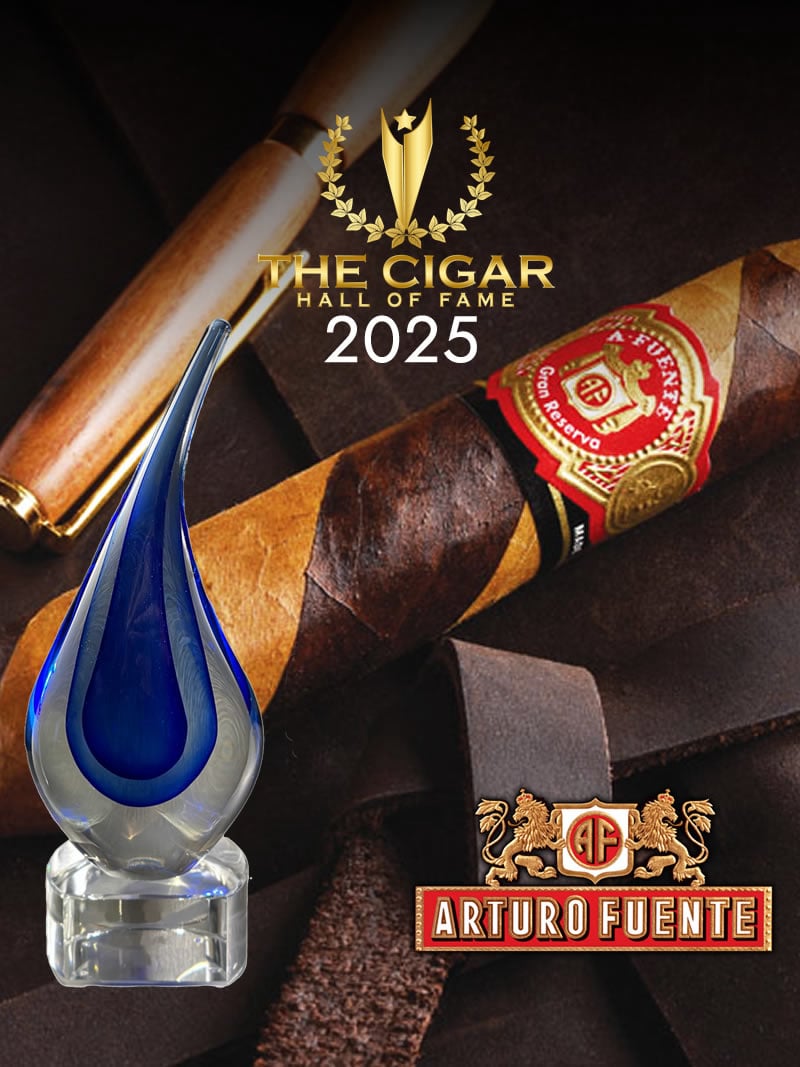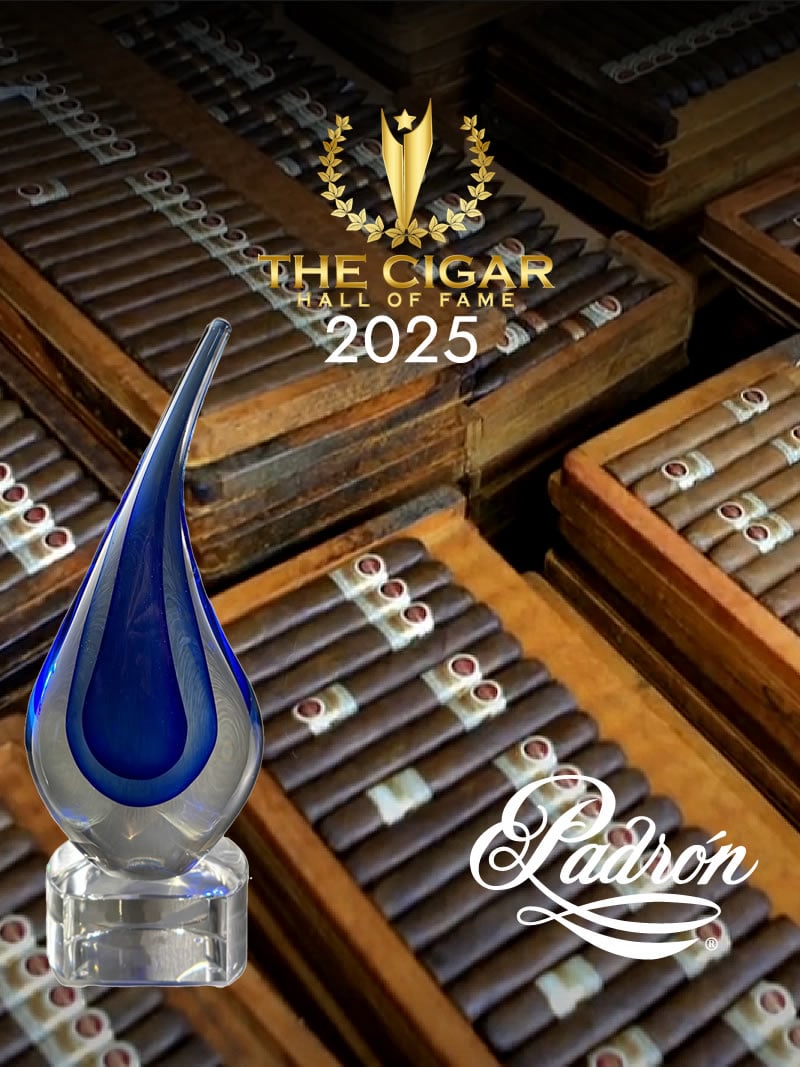Arturo Fuente Cigars
Arturo Fuente was born in 1887 in Cuba. In 1906, he moved to Florida, settling in West Tampa. In 1912 Arturo founded A. Fuente & Company at 24 years of age. During this time, all the cigars produced by Fuente were handmade with Cuban tobacco. Tragedy struck in 1924 when the factory burned down. The factory was declared a complete loss, Arturo spent the next 22 years working at a local business to repay debts owed from the losses caused by the fire, while keeping his cigar manufacturing dream alive from his home. Arturo married Cristina Trujillo in 1931, and the Fuente family became a family with the birth of Arturo Oscar, and Carlos. Little did Arturo know that in 1935 with the birth of their second son, Carlos, his dream of producing fine cigars would grow to become a global dynasty. Because this was a family company, once Carlos and Arturo Oscar became school aged‚ their homework included rolling 50 cigars every day after school.
In 1953 Arturo’s son Carlos married Anna Lopez, and a year later their first son, Carlito, was born. Carlos with his wife Anna worked tirelessly growing the Arturo Fuente brand. In order to make ends meet, Anna took a job at the prestigious Cuesta-Rey factory rolling cigars while spending the rest of her time helping Carlos take care of the family. Carlos began to sell cigars on credit which was unheard of at the time. Within the next ten years, Carlos had established distributors in both Miami and Manhattan. This was a critical step in creating brand awareness for the Arturo Fuente label and expanding the availability of Arturo Fuente cigars.
Carlos responsibilities at the cigar factory began to increase, people viewed Carlos as the head of the company. Arturo Fuente, now at age 68, retired. Carlos was asked to run the factory by his father in 1956.
In early 1960, Carlos Fuente purchased a 2-story building in Ybor City. The factory was on the first floor and Arturo Sr. and his wife lived on the second floor. In order to keep up with building repairs, high demand, and the lack of staff, Carlos worked past midnight, sleeping in the factory just to meet demand. After weeks of not seeing her husband, Anna packed up her bags and kids and said, “If you cannot come home, we are coming to you.” She moved into the factory to work alongside him.
In late 1962, shortly after the Cuban Revolution, Carlos heard rumors about a possible trade embargo to be placed on the island by the U S. and decided immediately to buy as many Cuban tobacco bails he could find (at $250 per bail). Carlos purchased a three-year supply.
While many companies were going out of business due to the embargo, the Fuente’s were thriving. Carlos had taken many risks, and they had paid off. People were offering thousands of dollars for the tobacco that Carlos had purchased in Cuba, but he declined their offers.
In the early 1970’s Carlos experimented with growing tobacco in Puerto Rico, Mexico, Honduras and Nicaragua. Carlos went to Nicaragua and purchased an existing factory there.
Arturo Fuente passed away in 1973 at the age of 85 which inspired the creation of the Flor Fina 8-5-8. which was created in memory of Arturo Fuente.
In 1978 the Sandinistas took over Nicaragua, clearing roads and burning anything in their path including the Fuente factory. Carlos had to quickly leave Nicaragua and make their cigars in Honduras. The 1979, “Accidental” fire in Honduras caused the Fuente’s to lose a factory once again.
In 1980, Carlos and his son Carlito, opened Fuente LTD in the Dominican Republic. The following year the Hemingway series was released. The unique figurado shape was the first in the industry at the time, because it was a lost art and had not been seen since Cuba. In 1986 the Fuente family joined in a partnership with the Newman family to help increase sales in the United States.
In 1992, Fuente Fuente OpusX, the first Dominican Puro cigar using Dominican grown wrappers were created.
When A. Fuente & Company was established in 1912, Arturo Fuente would have never dreamed his passion for cigars would become a global benchmark for the cigar industry. Arturo Fuente started his company with humble beginnings, rolling and blending cigars in the back of his house with his wife and two sons. Four generations later, the company is still family owned and operated.

